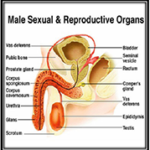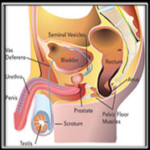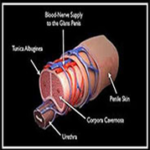Gonorrohea
Gonorrhea (also gonorrhoea) is a common sexually transmitted infection caused by the bacterium Neisseria gonorrhoeae (also called Gonococcus, which is often abbreviated as “GC” by clinicians).
In both men and women if gonorrhea is left untreated, it may spread throughout the body, affecting joints and even heart valves.
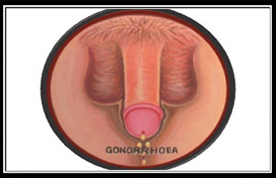
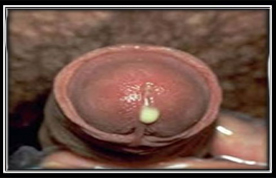
Signs and symptoms of Gonorrohea:
The infection is transmitted from one person to another through vaginal, oral, or anal sexual relations.
The incubation period is 2 to 30 days with most symptoms occurring between 4–6 days after being infected. A small number of people may be asymptomatic for a lifetime.
In males, symptoms include a yellowish discharge from the penis, associated with painful, and sometimes frequent, urination. Symptoms can develop from two to thirty days after infection. A few percent of infected men have no symptoms. The infection may move into the prostate, seminal vesicles, and epididymis, causing pain and fever. Untreated, gonorrhea can lead to sterility.
Men may complain of pain on urinating and thick, copious, urethral pus discharge (also known as gleet) is the most common presentation. Examination may show a reddened external urethral meatus. Ascending infection may involve the epididymis, testicles, or prostate gland, causing symptoms such as scrotal pain or swelling.
Women may complain of vaginal discharge, difficulty urinating (dysuria), projectile urination, off-cycle menstrual bleeding, or bleeding after sexual intercourse.
The cervix may appear anywhere from normal to the extreme of marked cervical inflammation with pus. Early symptoms may include a discharge from the vagina, discomfort in the lower abdomen, irritation of the genitals, pain or burning during urination and abnormal bleeding. Symptoms, which may indicate development of pelvic inflammatory disease (PID), include cramps and pain, bleeding between menstrual periods, vomiting, or fever.
Women who leave these symptoms untreated may develop severe complications. The infection will usually spread to the uterus, fallopian tubes, and ovaries, causing Pelvic Inflammatory Disease (PID).
Infection of the urethra (urethritis) causes little dysuria or pus.
The combination of urethritis and cervicitis on examination strongly supports a gonorrhea diagnosis, as both sites are infected in most gonorrhea patients. Gonorrhea infection can also be present as septic arthritis.
An infected mother may transmit gonorrhea to her newborn during childbirth, a condition known as ophthalmia neonatorum.
Treatment of Gonorrohea (Sexually Transmitted Diseases Treatment):
There are many Antibiotics that may be used to treat gonorrhea as a Sexually Transmitted Diseases Treatment.
It is important to refer all sexual partners to be checked for gonorrhea to prevent spread of the disease and to prevent the patient from becoming re-infected with gonorrhea. Patients should also be offered screening for other sexually transmitted infections. In areas where co-infection with chlamydia is common, doctors may prescribe a combination of antibiotics.
The patient must be rechecked by throat swab 72 hours or more after being given Sexually Transmitted Diseases Treatment and then retreated if the throat swab is still positive.
In men, inflammation of the epididymis (epididymitis); prostate gland (prostatitis) and urethral structure (urethritis) can result from untreated gonorrhea.
History of Gonorrohea:
The exact time of onset of gonorrhea as prevalent disease or epidemic cannot be accurately determined from the historical record.
It has been suggested that mercury was used as a treatment for gonorrhea.
Silver nitrate was one of the widely used drugs in the 19th century. The silver-based treatment was used until the first antibiotics came into use in the 1940s. If you are looking for ayurvedic treatment for sexual problems treatment in Mumbai(India), It is best done by us – Kayakalp international clinics in Mumbai.

